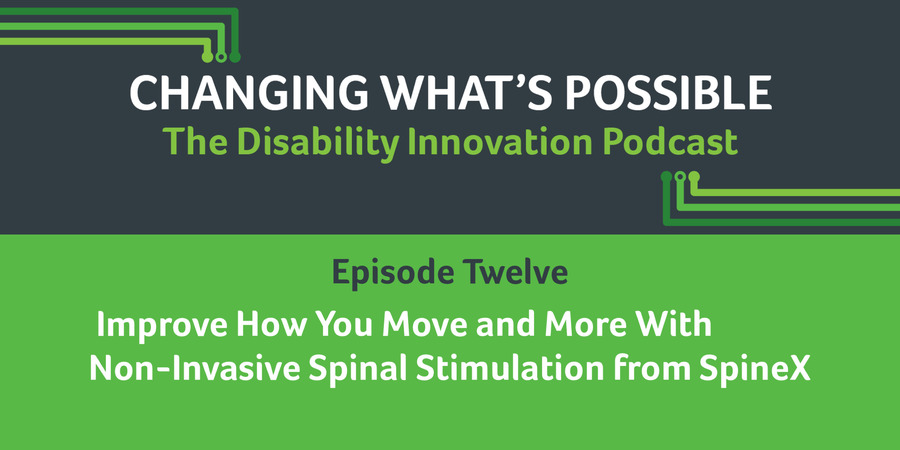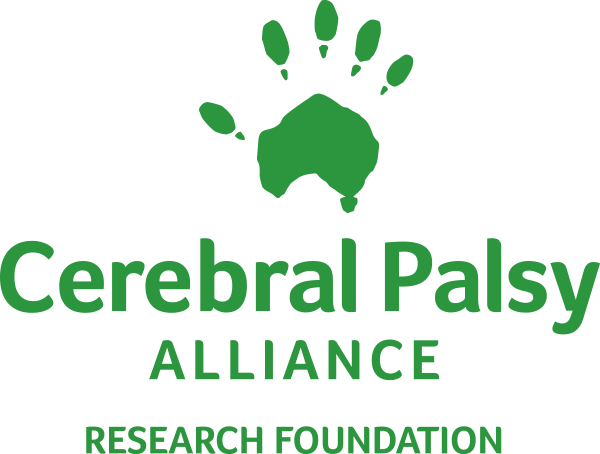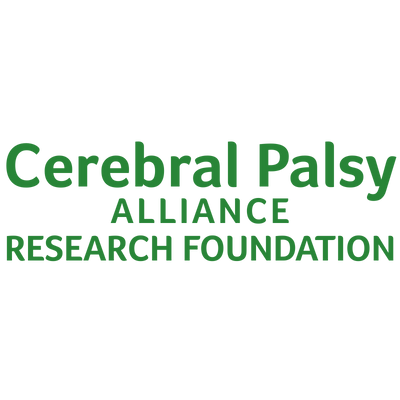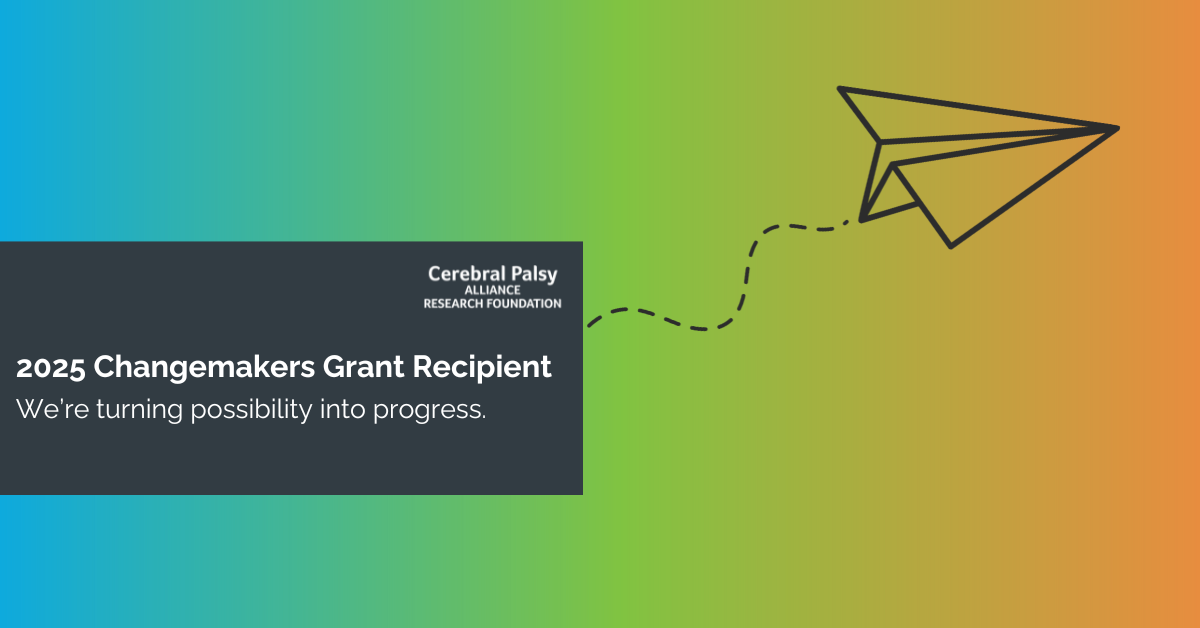
Changing What’s Possible: The Disability Innovation Podcast | Season Two
Episode Twelve | Improve How You Move and More With Non-Invasive Spinal Stimulation from SpineX
Cerebral palsy, spinal cord injury, and other neurological conditions can impact how information travels from your brain to other parts of your body. SpineX, a startup company in our 2023 Remarkable US Accelerator Program, develops noninvasive solutions that use painless electrical stimulation to change the nervous system’s activity to improve function and enhance quality of life. In this episode, you’ll hear more about the company and its innovative Spinal Cord Innovation in Pediatrics (SCiP™) device and Spinal Cord Neuromodulation (SCONE™) device from Kara Allanach, SpineX’s Director of Product. In the second part of our interview, you’ll meet Jessica, Van, and Annika Oldham. They discuss Annika’s cerebral palsy, their experiences with the SCiP™ device as part of two clinical research studies, and the improvements they’ve seen in Annika’s mobility.
Please note: SCiP™ and SCONE™ are investigational devices and are limited by US federal law to investigational use only. The Food and Drug Administration has not yet reviewed the safety and effectiveness of SCIP™ or SCONE™. SpineX has not yet determined the most effective method of timing for therapy and is currently investigating these parameters in ongoing clinical trials.
View the transcript for Episode Twelve
Listen and subscribe to learn more about how you or someone you care about can benefit from today’s latest advances in disability tech.
Thanks for listening! We’d love to know what you think of Changing What’s Possible. Please leave us a review on your favorite podcast platform, share your favorite episode with your friends, and help spread the word on social media.
Follow us: Instagram | Facebook | Twitter
That’s a wrap on season two! Catch all episodes and subscribe so you don’t miss out on what we’ve got coming up.
Fri 05 Dec 2025
An update on one of our most important initiatives: expanding access to life-changing assistive technology for Native Americans with disabilities.
Fri 10 Oct 2025
We’re thrilled to share an exciting milestone from CPARF’s Changemakers Program — our inaugural community-voted research study has been selected!






